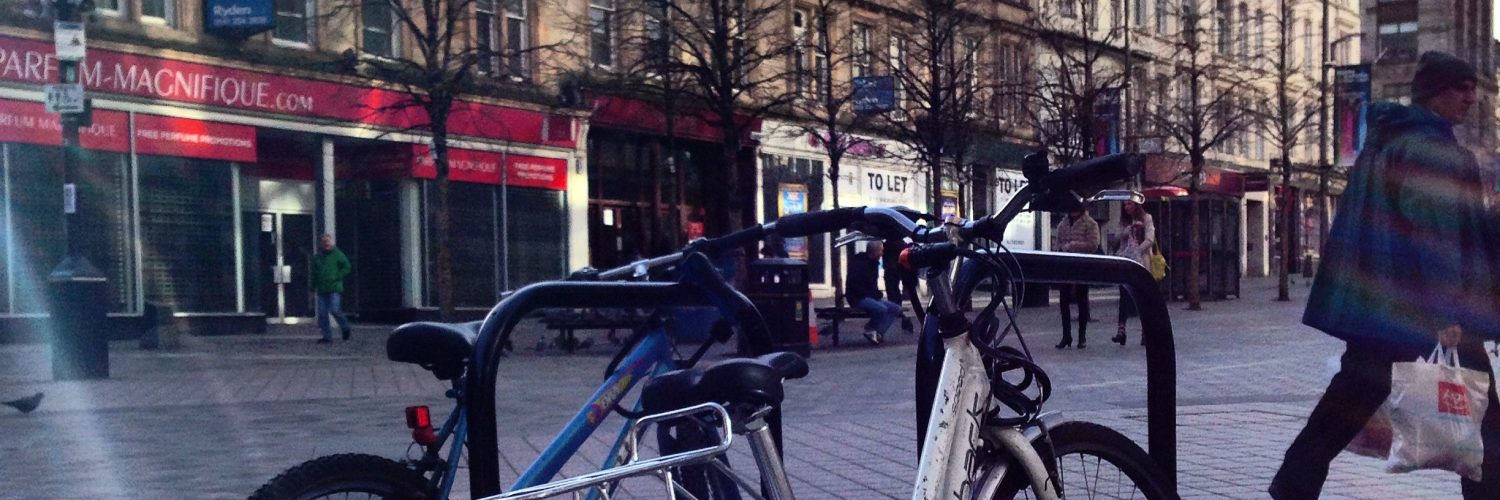Bite-Sized City
Um post interessante sobre micro-livros no Where nos ajuda a pensar sobre a “pressa inacabada”, a leitura e a cidade. O site DailyLit, segundo o post, envia micro-livros (que podem ser lidos em 5 min) para os usuários, por e-mail ou RSS (podendo ser acessado de um lugar fixo ou em mobilidade com dispositivos móveis) no momento escolhido pelo leitor.

Há três questões aqui:
1. a idéia por traz do projeto é que recebemos muitos e-mails, lemos muitos e-mails mas não temos mais tempo para ler livros (veja a Dailylit FAQ).
2, recebendo por e-mail pequenos trechos de livros, na hora programada, o usuário pode lê-los como se fossem e-mails.
3. livro e mobilidade permitem leituras e observação diferenciadas do espaço urbano, assim como hoje o iPod e antes o “walkman”, permite (ia) inserções diferenciadas no espaço e nos lugares.
Primeiro ponto: devemos necessariamente sair do e-mail e ler livros, inteiros, com tempo de absorção e fruição que não são os mesmos da leitura rápida dos meios eletrônicos. Devemos NECESSARIAMENTE ler, de preferência ficção para sair do regime do “trabalho”, “da utilidade” e da “necessidade”. Acho que esse movimento de desplugar e parar a aceleração do tempo não só é salutar e enriquecedor para o espírito, como também, é bom para a saúde física geral.
Segundo ponto: acho interessante sistemas que nos atingem com informação em plena mobilidade. Receber um telefonema inesperado no celular, um SMS com um Haicai, ou mesmo pedaços de livros nos ajudam a criar momentos “sagrados do quotidiano”, pequenas hierofanias que nos suspendem do espaço e do tempo ordinário do dia a dia, criando uma outra vivência do espaço e do lugar. Assim, sair da rotina e receber, em mobilidade, um e-mail com algo ficcional (ou não), fora do “padrão”, que nos leve a um movimento de leitura diferente daquele de um e-mail habitual parece ser bem interessante.
Terceiro Ponto. Essa é mais uma forma de leitura no espaço e do espaço pelas tecnologias digitais móveis. O livro sempre foi uma mídia analógica da mobilidade e o projeto DailyLit nada mais é do que uma atualização (encaixada ao ritmo da velocidade e do “todo mundo sem tempo” atuais) do suporte, trazendo aí novas formas de leitura, novas maneiras de percepção do espaço e de pertencimento a um lugar (como fluxo) ainda pouco exploradas e/ou estudadas. O mesmo acontece com outros dispositivos como hoje os MP3 players, cujo ícone maior é o iPod, ou os smartphones que são tudo ao mesmo tempo.
Alguns trechos e reflexões próximas de Brendan:
“(…) This format strikes me as a particularly interesting (and easy) way for a person to explore the urban environment. Imagine that you’ve just moved to a new neighborhood. You go to the neighbors’ association’s website and subscribe to a free daily mini-tour. Each Saturday at 1:00 pm, you receive a text message with a starting point. Once there, you open a temporary audio file on your Blakberry or iPhone or whatever wired mobile device you’re carting around, and you’re talked through a 15- to 20-minute exploration of another corner of your new surroundings. The tours could even be recorded by a variety of people who are active in the given neighborhood, and could seamlessly integrate opportunities for community involvement into what might otherwise be aimless walks by highlighting local events, organizations, and landmarks.
Now imagine that you’re a tourist on a first-time trip to New York. Subscribe in advance to a feed like this and have bite-sized neighborhood tours sent to you every three hours. These tours could even be sequentially linked to start you off in each neighborhood, allowing for a few hours of independent exploration between tours. Heck, with the ubiquity of GPS technology, you could download a series of geo-coded tours in advance that would be triggered when you passed from one neighborhood to the next. As you walk north across Houston Street from SoHo to the Village, your phone rings. You answer, and a voice suggests that you walk three blocks east to Houston and Thompson to begin the Greenwich Village tour.
With this sort of technology, unfamiliar territory becomes a bit less intimidating. Recent transplants get out and meet more of their neighbors. Tourists get a boost in confidence that would likely encourage them to cover more ground and venture farther off the beaten path than if they were wandering about with nothing but a street map and a dated copy of Fodor’s New York. Perhaps part of the reason that there are so many people in Times Square is that people can recognize where they are; they understand their position in the city. For the intrepid urban explorer this may seem superfluous, but any city hoping to increase tourism or revitalize a neighborhood is woe to underestimate the power of the sense of disorientation.
Making cities and neighborhoods more friendly, inviting places — for visitors and locals alike — is an important step in the struggle to improve urban conditions. People naturally avoid places where they feel uncomfortable. Encourage them to expand their understanding of their surroundings, and half the battle is won.”
